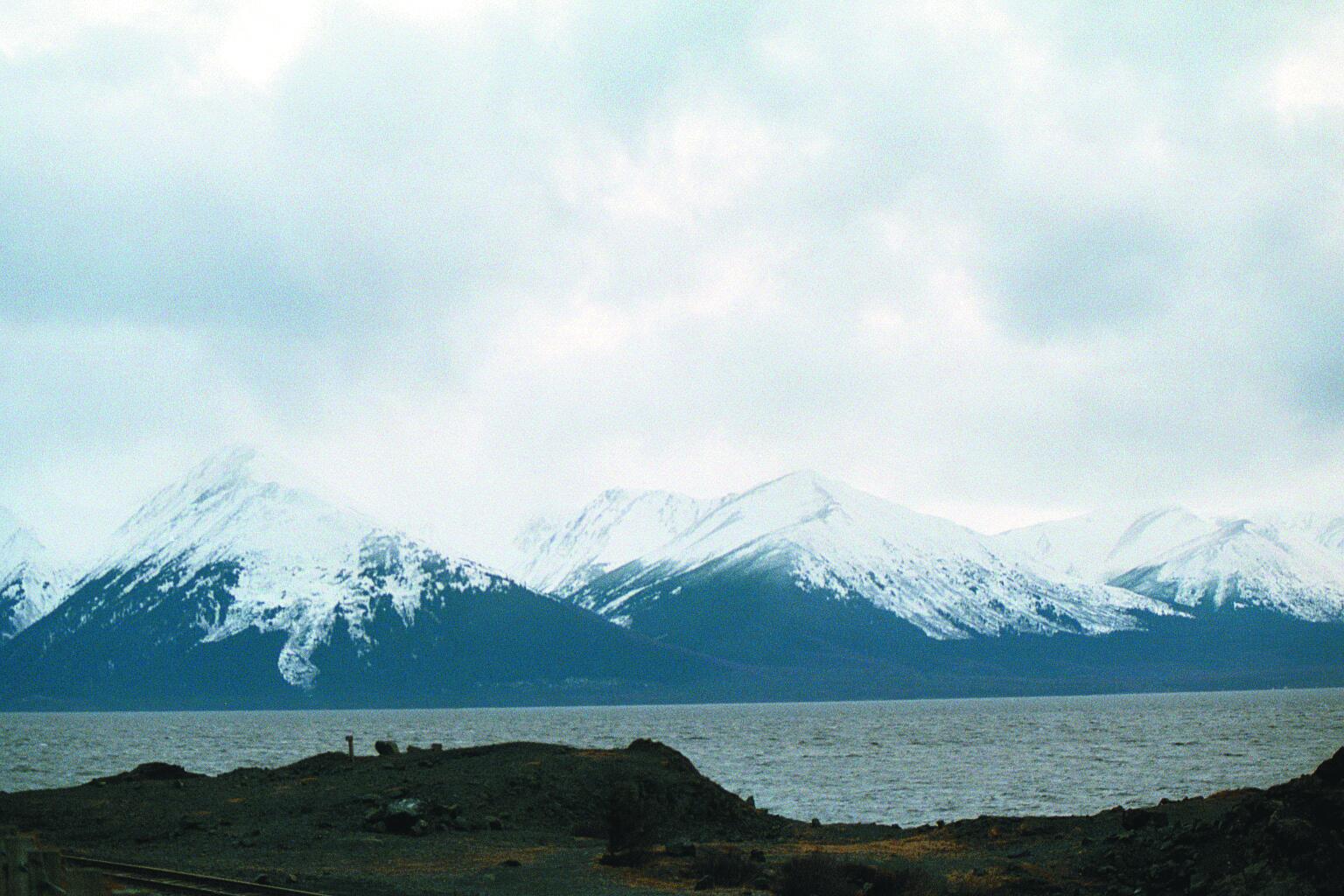It was the middle of January, and our Michigan subdivision had turned into a polar ice cap. My neighbor couldn’t fathom why an otherwise sane person was headed for the Far North.
Most of the state’s brewers, even the tiniest, had a barley wine on offer.

I was going for the beer—actually, some of the world’s most complex and powerful brews at the Great Alaska Beer & Barley Wine Festival in Anchorage. The festival, which debuted nine years ago, has become the world’s premier winter brew event, drawing beer celebrities from as far away as Vermont, Ontario, and the British Isles.
Most Americans are unfamiliar with barley wine. The word was coined in Britain more than a century ago to describe a brewery’s strongest offering. Barley wines were brewed for special occasions, such as coronations, and seasonally for Christmas celebrations at home. While there’s no precise definition of barley wine, experts agree that it should be copper to dark brown in color, have at least 8.5 percent alcohol by volume, and be neither syrupy nor bitter.
High excise taxes all but wiped out British barley wine, but in recent decades, the beverage experienced an unexpected revival on this side of the Atlantic. When America’s craft brewing industry got up and running, brew masters concentrated on classic British styles. Before long, they were trying their hand at barley wine. Anchor Brewing Co. brought out the first, Old Foghorn, in 1975. The style soon acquired a following; and other brewers, especially in the American West, offered their own versions. Many of these were—and still are—sold as holiday and winter seasonals.
Big, Bold and Beautiful
But how did Anchorage, a city 8,000 miles from Britain, become the world’s barley wine capital? Local brewers insist that their state was a barley wine festival just waiting to happen. According to Anchorage brewster and beer writer Dawnell Smith, Alaskans “like things big, bold and beautiful.”
Barley wine fits perfectly in that mold. Mark Staples, the founder of Midnight Sun Brewing Co., adds, “Alaskans are a rare breed. They are very independent. And that is why the breweries really push the envelope on beer styles.”
Alaska’s homebrewing tradition also plays a role. The state is said to rank first in homebrewers per capita. Jarret Klein, for years the head man at Borealis Brewery, explains: “Winters get long, slow and boring. It’s dark outside. It’s damn cold. That’s when we start to play with our beers.” When Alaskan homebrewers went commercial in the 1990s, they found an enthusiastic audience. As Dawnell Smith explains, “We tend to like all things Alaskan and will support anything with that hardcore Alaskan style.”It took two Anchorage men to add the final pieces of the puzzle. Inspired by a beer festival in California, event promoter Steve Shepherd organized one of his own when he got home. It was such a success that he staged another, bigger event the following January. The timing was perfect. As Mark Staples put it, “Winter in Alaska adds a lot to the festival. What better beer style to go with cold, dark winter days?”
Meanwhile, Bill Opinsky, a tireless promoter of local craft beer, was hosting an annual barley wine festival and com-petition at his downtown beer bar, Humpy’s Great Alaskan Alehouse. Finding common cause in Alaska and its beer, Opinsky and Shepherd joined forces in 2000.











